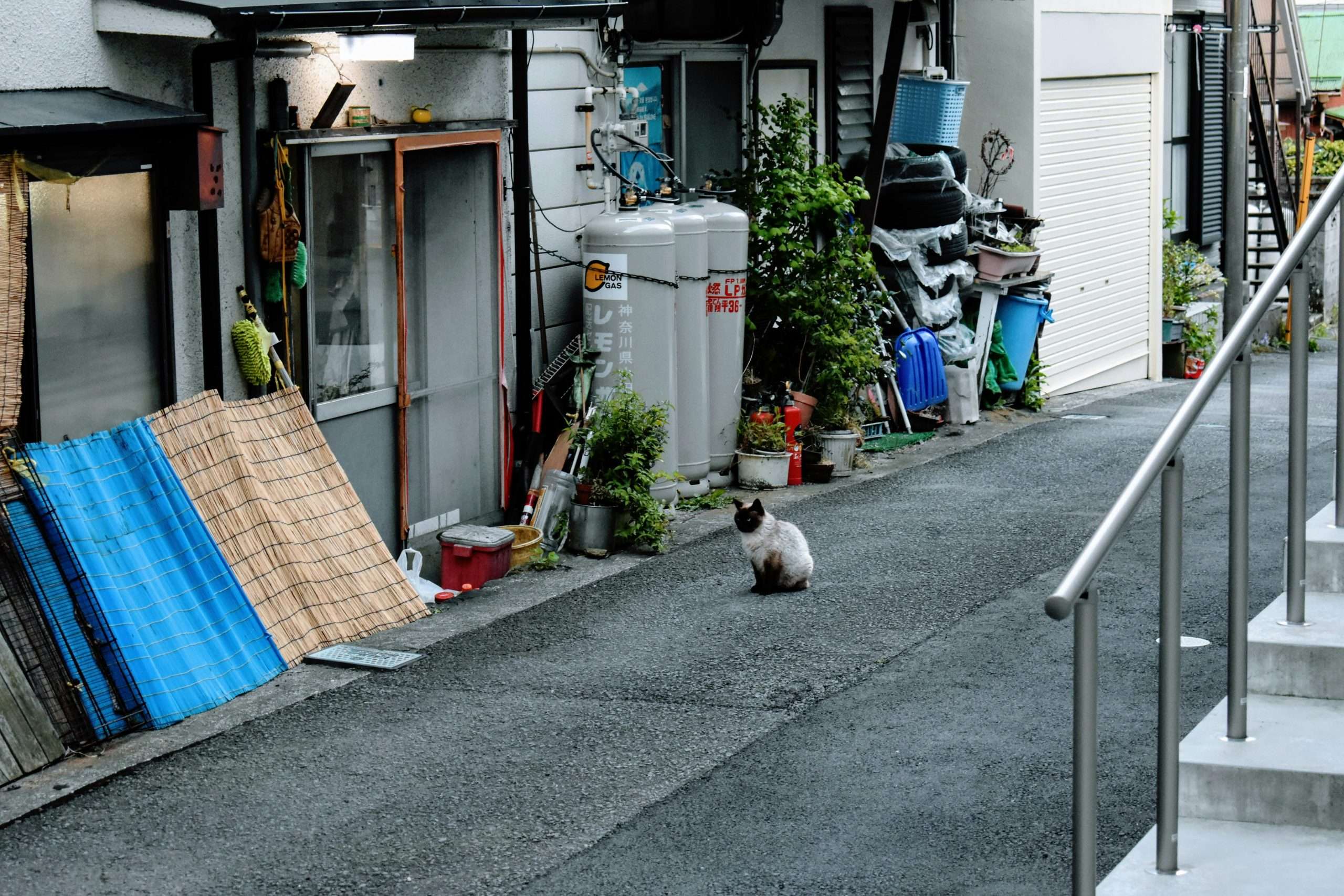A Heartwarming Story of Compassion in The Cat Who Went to Heaven

In "The Cat Who Went to Heaven," you'll traverse to ancient Japan, where a struggling artist finds unexpected inspiration and companionship in a stray cat. The artist's initial hesitation melts into a profound bond, marked by acts of kindness and mutual respect. You'll witness the cat's caring nature bringing warmth to the artist's modest home, sparking a transformation in both their lives.
The Setting of Ancient Japan
The setting of "The Cat Who Went to Heaven" whisks you away to ancient Japan, a time steeped in tradition and spirituality. As you engage yourself in this world, you can almost feel the serene atmosphere of a small village, where ancient customs shape daily life. The cultural significance of these customs is woven into the fabric of the narrative, providing a rich backdrop that amplifies the story's emotional depth.
In this tranquil setting, you'll encounter a household that follows time-honored practices, reflecting the deep respect for nature and the spiritual world. The rituals and beliefs of ancient Japan are not just historical details but essential to understanding the characters' motivations and actions. For instance, the reverence for animals and the belief in their spiritual significance play a vital role in the plot.
Meeting the Poor Artist
How does one truly grasp the essence of compassion? You begin to understand it when you meet the poor artist in "The Cat Who Went to Heaven". His humble abode, filled with the remnants of unfulfilled dreams, reveals the depth of his struggles. Despite his talent, he grapples with poverty, unable to find recognition for his work. His life is a reflection of the harsh reality faced by many artists.
As you explore deeper into his world, you find the artist's unique source of inspiration—a stray feline. This cat, seemingly insignificant in the grand scheme of things, ignites a spark within him. Through this unlikely muse, he finds renewed purpose and hope. The artist's struggles are mirrored in the cat's own expedition, creating a poignant parallel that tugs at your heartstrings.

The Arrival of the Cat
Imagine the scene: a cold, rainy evening, and a soft knock on the door interrupts the artist's solitude. You can almost feel the chill in the air and the dampness clinging to the room. The artist, engrossed in his work, reluctantly rises and opens the door. There, standing in the doorway, is the housekeeper, cradling a small, shivering cat.
The cat's arrival is unexpected. The artist's initial hesitation melts away as he looks into the creature's pleading eyes. The housekeeper explains how she found the poor feline abandoned, with nowhere else to go. Against his better judgment, the artist agrees to take the cat in.
Almost immediately, a bond forms. The cat, grateful and affectionate, begins to weave its way into the artist's heart. You witness the beginnings of a profound feline friendship. The artist, who had long felt isolated, now finds companionship in the cat's quiet presence. The room, once cold and lonely, fills with warmth and life. You see the transformation: an artist's solitude softened by the gentle purring of a new friend. The cat's arrival marks the start of a heartwarming chapter in both their lives.
Acts of Compassion and Kindness
You can almost feel the tenderness in every small gesture the artist makes towards the cat. His actions are imbued with animal empathy, reflecting a deep understanding and love for the creature that has come into his life. Each brushstroke he paints is more than just art; it's an act of selfless giving, illustrating his compassion and kindness.
In "The Cat Who Went to Heaven," the artist's compassion shines through in different ways:
- Sheltering the Cat: He takes in the stray cat, giving it a safe and loving home.
- Feeding with Care: He guarantees the cat is well-fed, often sharing his own meager portions.
- Medical Attention: When the cat falls ill, he spares no effort to nurse it back to health.
- Inclusion in Art: He honors the cat by including it in his sacred painting, a gesture of profound respect.
These acts of kindness are more than just duties; they're expressions of genuine love and care. Through his actions, you can see how compassion and kindness weave a tapestry of connection, showcasing the beauty of selfless giving.
View this post on Instagram
The Transformative Bond
The artist's bond with the cat transcends mere companionship; it becomes a transformative relationship that profoundly changes both their lives. You see their emotional connection grow as each day passes. The artist starts off as a person struggling with his own sense of purpose and creative spirit. However, the cat's presence begins to fill an emotional void he didn't even realize he had.
Through the cat's gentle companionship, you notice the artist's spiritual growth. He starts to see the world through a more compassionate lens, inspired by the cat's serene wisdom and unconditional love. The artist's creativity flourishes, and his work begins to reflect a depth and empathy that it previously lacked.
You can't help but feel that the cat serves as a spiritual guide for the artist, helping him navigate his inner turmoil and find peace. This emotional connection pushes him towards greater self-awareness and enlightenment. The transformative bond between the artist and the cat isn't just a subplot; it's the heartbeat of the story, illustrating how love and companionship can lead to profound personal growth and spiritual awakening.

Wrapping Up
The Cat Who Went to Heaven is a heartwarming tale of compassion, kindness, and transformation. The bond between the poor artist and the stray cat illustrates the power of love and companionship to change lives. Through acts of selflessness and mutual respect, both the artist and the cat find new purpose and joy. Set against the serene backdrop of ancient Japan, the story beautifully reminds us that kindness and empathy can lead to profound spiritual growth and lasting connections.




